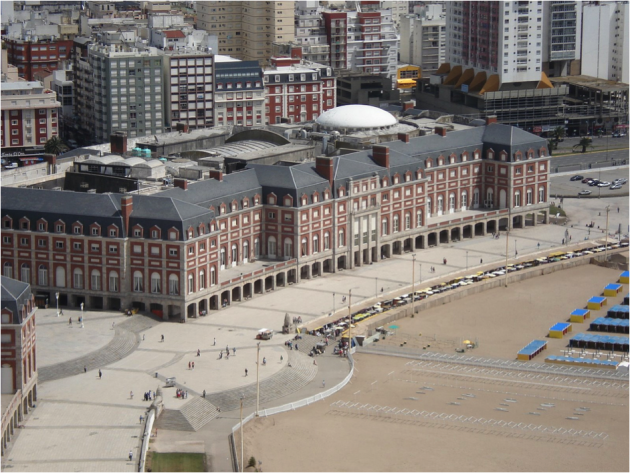
Doble o Nada: South America’s Historic Casinos
15 October, 2024South America isn’t the first destination that comes to mind for the casino industry. That said, almost every country in the region, with the notable exception of Brazil, has a regulated casino gaming sector, and there is no end of casino venues in the larger cities and resorts.
As you might expect, most of South America’s casinos have been built not to serve locals but to attract tourists, both international and intercontinental tourists. Moreover, many of the casino resorts have become more than just gaming hubs, offering patrons cultural, dining, and other entertainment experiences.
The industry faces challenges, of course. While we can point to thriving, modern venues like the massive Enjoy Punta del Este in Uruguay, others have struggled. Modernity, too, plays a role in challenging the South American casino sector. If you can flip open your phone and play a hand of online blackjack anytime you want, making a trip to the casino becomes less attractive. Nonetheless, many casino resorts have combatted that by offering entertainment you can’t experience online.
Over the last century or so, there have been some amazing casino resorts opened across the continent. Some of the buildings have now become historic in their own right, icons of architecture that have played a role in each country’s culture and history. Below, we have a look at five of the most iconic:
Casino de Viña del Mar (Chile)
We might as well start with the casino considered to be the oldest in South America, the iconic Casino de Viña del Mar. Opened in 1930, the casino was – and still is – a major attraction that helped transform Viña del Mar into a popular tourist destination, especially among wealthy Chileans and international visitors. The building itself is known for its Art Deco architecture, and it has hosted various important cultural events, including the Viña del Mar International Song Festival.
Casino Central (Argentina)

Designed by legendary architect Alejandro Bustillo, who also worked on many of the major buildings around Buenos Aires, La Plata, and Rosario, Casino Central put Mar del Plata on the map as a tourist destination. Its grandiose architecture, with Neoclassical and Art Deco influences, makes it an unmissable landmark on Boulevard Maritimo. A refurbishment took place in 2007. Estimates say the casino has around 12,000 visitors per evening during the busy tourist season.
Casino Nogaró (Uruguay)
This historic venue celebrated its 75th birthday last year, and it’s still going strong. One of the first high-rise buildings on the Punta del Este peninsula. While it has been overshadowed by the larger, brasher Enjoy Punta Del Este Casino, Casino Nogaró has the richer story behind it and has pushed to keep modernizing its facilities while respecting its past. Punta Del Este is a fantastic region to visit – a hidden gem not fully appreciated by international tourists – Casino Nogaró is at the heart of that.
Casino Caribe (Colombia)
Ok, we are cheating a little here as Casino Caribe, Medellin, is not exactly historic (it opened in 2000), but we thought it worth mentioning as it played a role in the renaissance of Medellin’s tourist industry and, indeed, the rehabilitation of the city as a whole. It’s not the biggest casino in South America, but it is at the heart of a new wave of Medellin nightlife. It also has a wonderful restaurant serving Peruvian-style dishes, Rocoto.
Casino Trujillo (Peru)
We will finish with a casino that no longer operates, but which had an important impact on tourism of the region near Trujillo. Not far from famous sites like Chan Chan, Casino Trujillo was a mainstay in the region in the early 20th century, helping develop the nascent tourist economy. Dwarfed by the bigger casinos of Lima and replaced by modern resorts that now dot the region, Casino Trujillo was nevertheless an important venue.
Follow Sounds and Colours: Facebook / Twitter / Instagram / Mixcloud / Soundcloud / Bandcamp
Subscribe to the Sounds and Colours Newsletter for regular updates, news and competitions bringing the best of Latin American culture direct to your Inbox.

